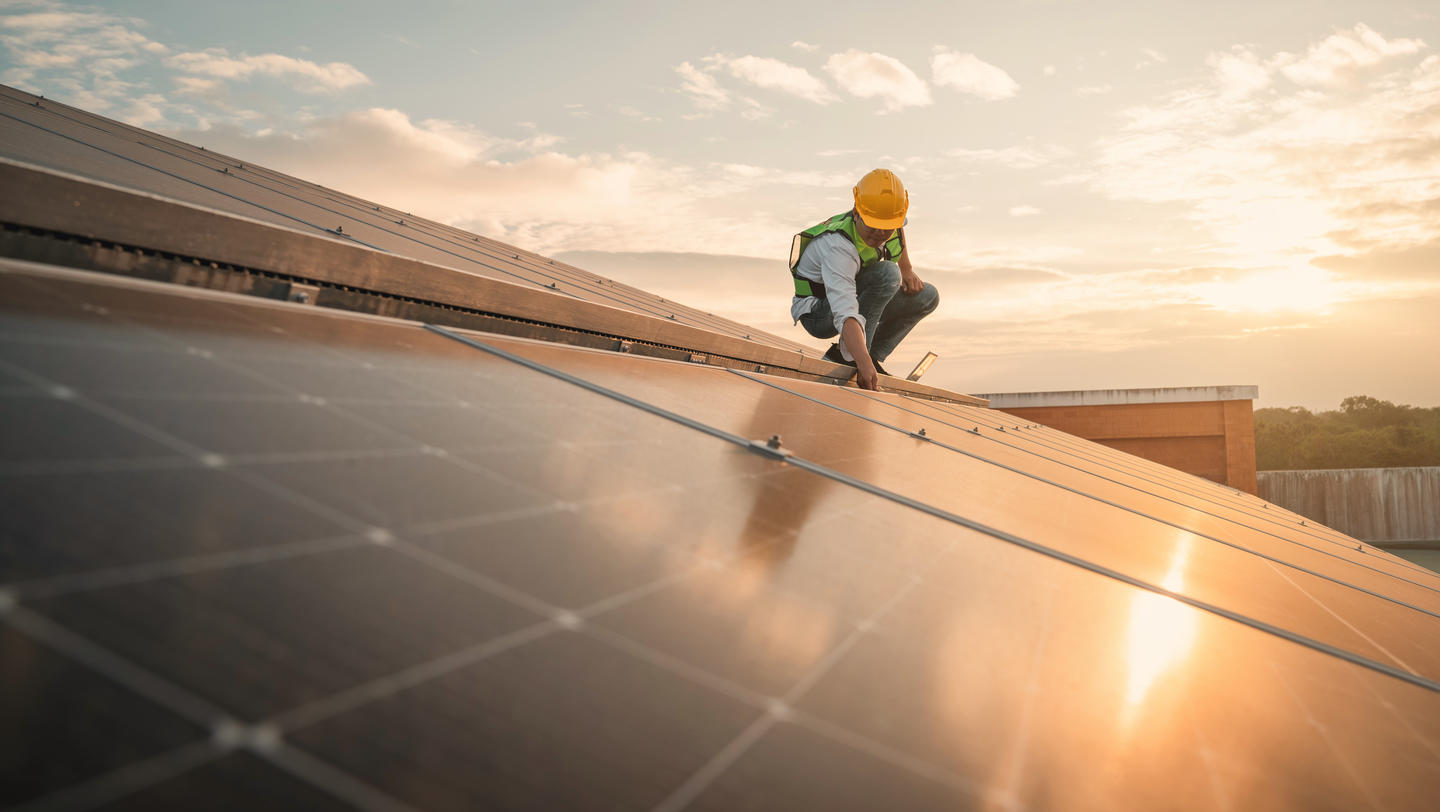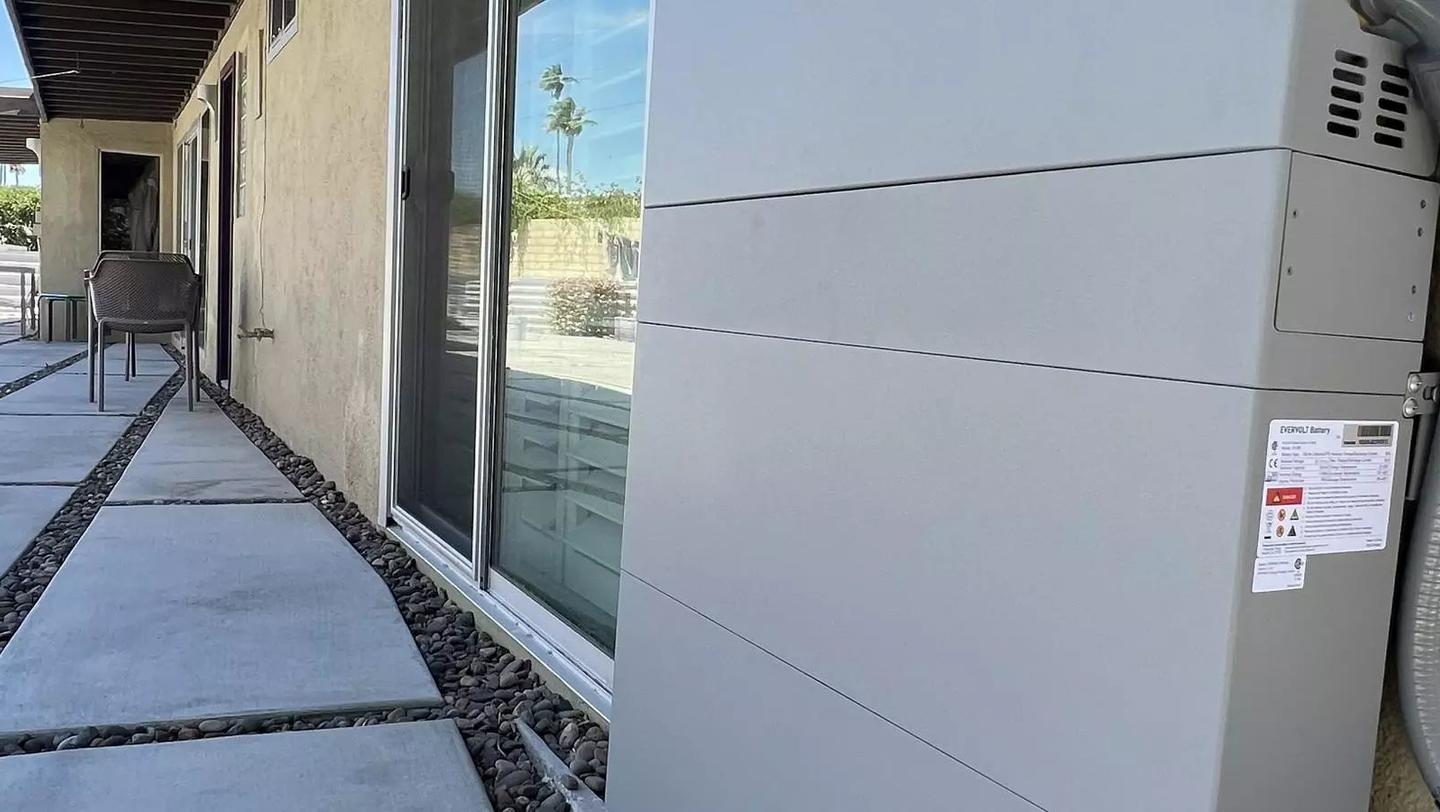Texas Should Install Solar on 3.2 Million New Homes

Texas Should Install Solar on 3.2 Million New Homes
As solar advocates make their case to require solar panels on new home construction, more states are taking heed, and taking California’s lead. Find out how this scenario could benefit the nation’s second most populated state.
If builders put solar panels on the 3.2 million new homes and apartment buildings with 280,000 units expected to be built in Texas by 2045, Texas would add a projected 24,719 megawatts (MWs) of solar PV capacity, according to a new report released today by Environment Texas Research & Policy Center. Such an effort would lead to a ten-fold increase in solar capacity and cut carbon dioxide emissions from electricity generation by 3.2 percent by 2045.
"Every home and structure built without solar is a missed opportunity," said Emma Pabst, Clean Energy Associate with Environment Texas Research & Policy Center. "Generating renewable energy from our rooftops helps homeowners and their communities, reducing both electric bills and pollution."
In May, California became the first state to require building all new homes with solar panels, a policy which would go into effect in 2020. California's energy commission estimates that a solar homes policy, coupled with energy efficiency improvements, will save homeowners $19,000 in energy and maintenance costs over the course of a typical 30-year mortgage -- double what they would add to the cost of a home.
"Putting solar on homes right from the start is a smart affordability measure," said Kaiba White, Energy Policy and Outreach Specialist at Public Citizen. "It would allow all residents to benefit from lower electric bills, not just those with the means add an installation later on. That would be a real benefit for low-income residents and renters, who are currently often unable to access solar, even though it would save them money over time."
"The new National Climate Assessment makes it clear that we need to stop burning fossil fuels as soon as possible and solar energy is key to that transition," said Abi Bradford, policy analyst and report co-author with Frontier Group. "Installing solar panels on all new homes could add more solar energy capacity than the entire country currently has installed - including utility-scale installations - in just six years from 2020 to 2026."
The report evaluated the impact if all new homes built after 2020 included solar, projecting that approximately 3.2 million single-family homes and 280,000 units in residential buildings of 3 stories or less, with roofs suitable for solar, will be added in Texas from 2020-2045 (also included in this map). With an average 7.4 kW solar installation on single-family homes and 4.1 kW for housing units in multi-family homes, Texas would add a projected 24,719 MWs of solar PV capacity.
The fastest-growing states would add the most solar energy if the policy were adopted, with Texas ranked first, ahead of Florida, North Carolina, Georgia, and Arizona. Nationally, the report finds that if each state adopted a solar homes policy, the U.S. could more than triple its current solar power capacity while cutting annual carbon dioxide emissions from electricity generation by more than 9 percent by 2045.
"Immediate and lasting financial and environmental benefits are available to Texas homeowners, communities and utilities with the simple and affordable incorporation of rooftop solar on new home construction," said Stan Pipkin, VP Managing Director of Lighthousesolar.
Austin, Houston, and Lewisville's building codes already require new residential buildings to be solar ready. Builders must either install solar or construct houses which can easily incorporate solar PV later.
The report argues that a solar homes requirement would transform the market and lower costs. Installing solar panels on all new homes could lead to technological and business model advances that would benefit the whole solar energy market.
"We've reached a point where solar panels are a smaller cost than wages for Solar Installers," said Leonardo Pozzobon, Director of Special Projects for CleanTX. "The next step in solar power affordability is reducing soft costs such as sales, marketing, and permitting which now account for two-thirds of the Solar System price tag. Requiring solar power on new homes reduces or eliminates several of these items."
A 2018 National Renewable Energy Laboratory (NREL) study found that these advances could collectively reduce the price of solar energy systems by 59 percent.
"We can have solar-powered communities right now and for years to come with smart policy choices," said Pabst. "And the most efficient time to install solar panels is when workers are already on the roof."
This article was from Targeted News Service and was legally licensed through the NewsCred publisher network. Please direct all licensing questions to [email protected].
![]()











